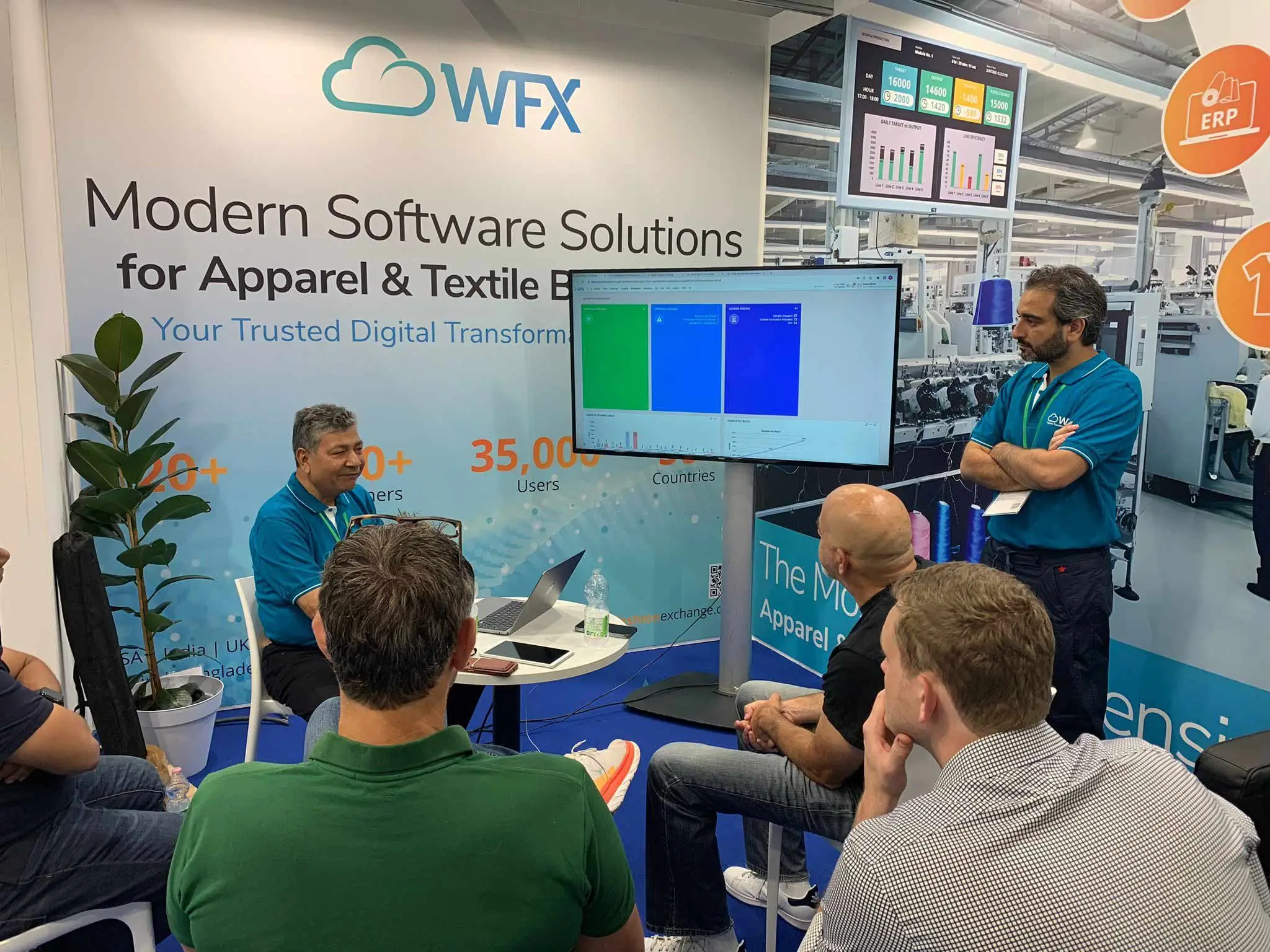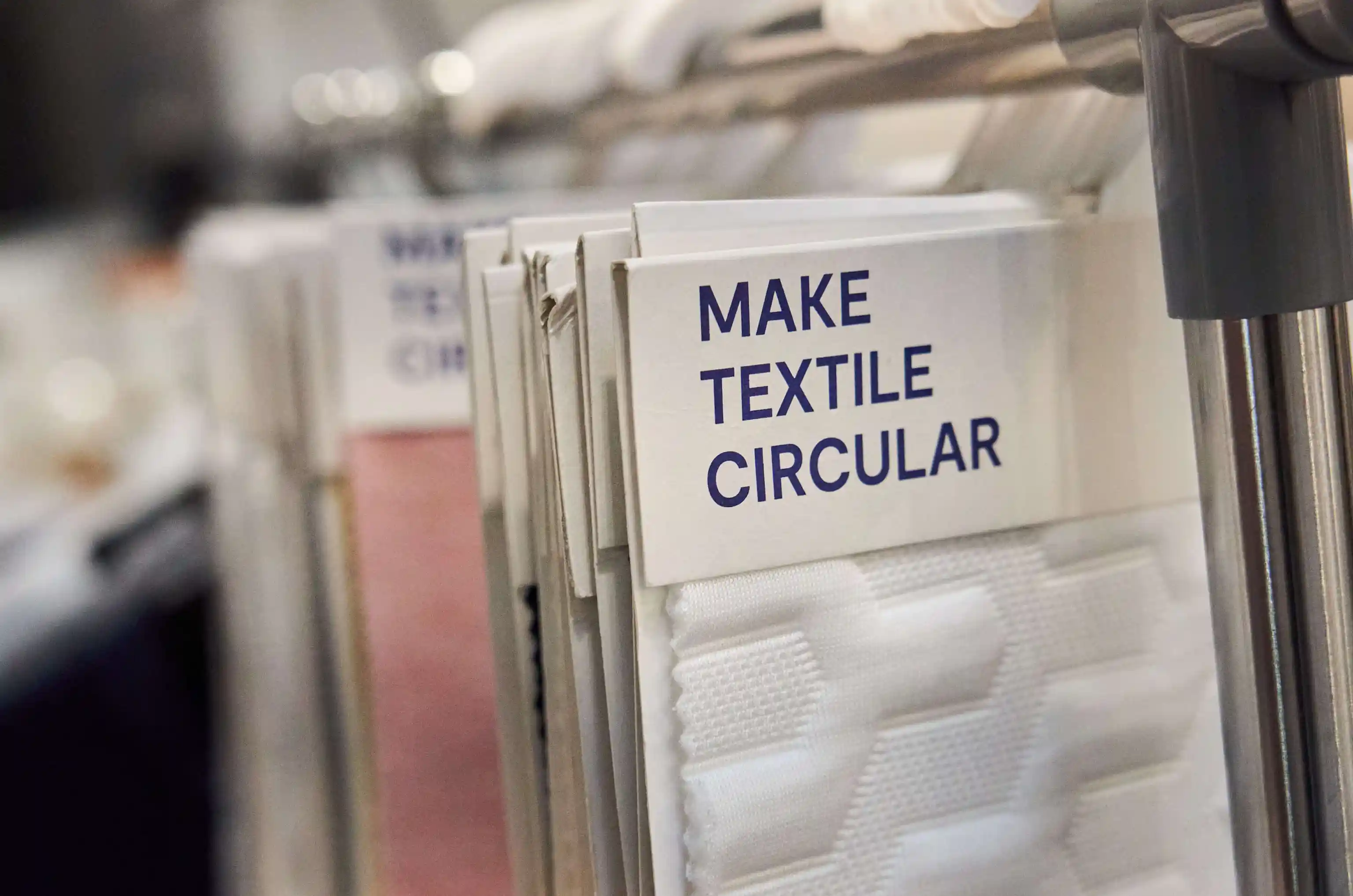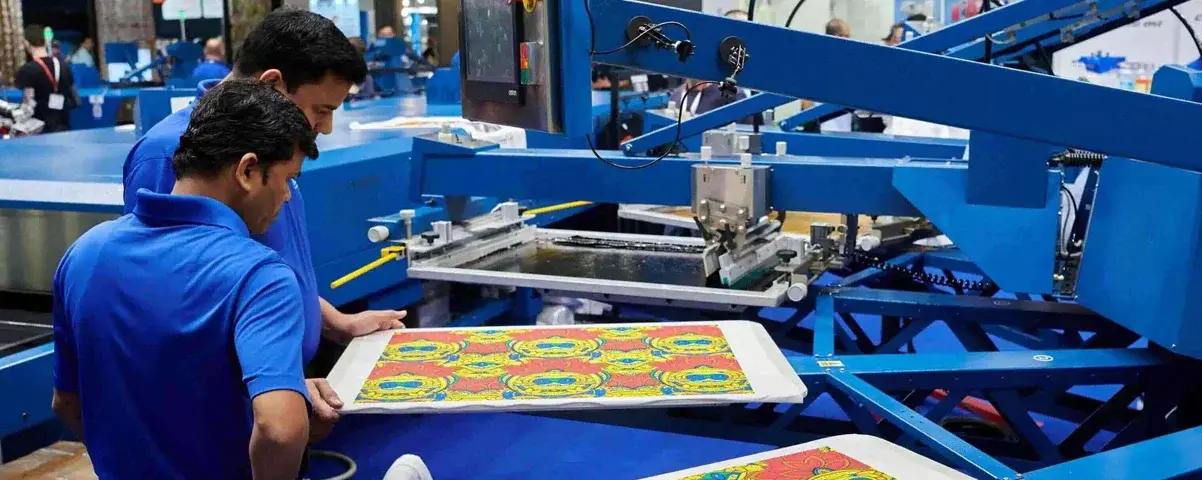Insights from ITMA 2023: A Glimpse into the Future of Textile Manufacturing
-
Introduction
The International Textile Machinery Association (ITMA) 2023 exhibition ended on a high with over 111,000 visitors from 143 countries and 1,709 exhibitors.
This year marked the 19th edition of ITMA, the world’s largest textile and garment technology exhibition.
The show’s theme, “Transforming the World of Textiles,” highlighted the industry’s ongoing efforts to embrace innovation and sustainability. With a focus on advanced materials, automation, digitalization, innovative technologies, and sustainability and circularity, ITMA 2023 provided a platform for industry players to showcase their latest solutions and share insights into the future of textiles.
-
Digital Automation and Connected Networks
Digital automation and connected networks emerged as powerful forces driving the transformation of the textile industry. From design to delivery, digital processes are streamlining operations, increasing efficiency, and reducing costs. AI-assisted design platforms, such as Aid Lab, are combining AI with design sectors to create commercialized products and solutions.
Manufacturers showcased cutting-edge technologies that enable seamless integration between different stages of production, ensuring greater precision and faster turnaround times.
“We are seeing a shift towards more automated production models located closer to the consumption region or the near-shore market to flexibly react to market needs and produce goods rather than forecasting and producing goods without a clear end buyer,” Haya Nishi of Shima Seiki USA told ITMA.
-
Digitalization for Seamless Access and Faster Collaboration

Digitalization of services was another prominent trend at ITMA 2023. Companies recognized the importance of offering easy and fast access to data through digital platforms. Online tools, such as virtual showrooms and interactive digital catalogs, enable buyers to explore product offerings and make informed decisions, fostering a seamless customer experience.
WFX also showcased our software solutions including the comprehensive ERP and PLM for apparel and textile businesses. WFX’s ERP provides a centralized platform for managing and integrating different business processes, while WFX PLM facilitates the management of the entire product lifecycle, from concept development to production.
WFX’s Rupan Chand who was also at ITMA, said, “Textile businesses want to be able to monitor productivity not just at the machine or machine-line level but even at the operator level. They want to be able to control costs and improve efficiency through digital tools.”
“They want gadgets at every workstation, machines to talk to each other seamlessly, and have the ability to control machinery remotely from anywhere and that’s exactly what WFX is helping them do,” he added.
-
Rising Consumer for Demand Sustainability
Sustainability took center stage at ITMA 2023, reflecting the growing consumer demand for environmentally friendly products. Brands and manufacturers have recognized the need to reduce their carbon footprint and adopt sustainable practices.
Rupan added, “Regardless of the nature of the business, we’ve noticed that the top priority for every textile business is reducing the wastage of raw material.”
A notable innovation presented at the exhibition was the TexCoat G4 system from Baldwin Technology, designed to significantly reduce water, energy, and chemistry usage by approximately 50%. Such initiatives are paving the way for a more sustainable future for the textile industry
-
Addressing Pollution in the Dyeing and Finishing Sector
The dyeing and finishing sector, responsible for a substantial portion of the textile industry’s environmental impact, faced scrutiny at ITMA 2023. Pollution issues associated with traditional dyeing processes prompted calls for change and innovation. In response, companies showcased technologies that minimize water consumption, improve efficiency, and reduce chemical usage.
ColorJet, for instance, presented pigment and reactive printing technologies that enable high-speed printing with minimal water consumption. Additionally, they demonstrated a production printer capable of printing 5,000 meters per day, showcasing the industry’s commitment to meeting market demands while minimizing environmental impact.
-
Natural Fabric Dyes: Challenges and Promising Solutions
ITMA 2023 also shed light on the increasing popularity of natural fabric dyes made from roots, leaves, and vegetable waste. These eco-friendly alternatives have gained traction as consumers seek products with reduced environmental impact.
However, challenges remain in terms of testing these natural dye materials due to the lack of global laboratories specialized in this area. Industry stakeholders are actively working to address this issue, recognizing the potential of natural dyes to revolutionize the textile industry.
-
Recycling and Cleaning Capabilities for Circularity

Sustainability was not limited to production processes alone; the recycling and cleaning capabilities of textile machinery also took center stage. Exhibitors showcased machinery that enables effective recycling and cleaning of textiles, reducing waste and promoting circularity within the industry.
Kurt Kipka, Chief Impact Officer at Apparel Impact Institute said at ITMA, “The general consumer is interested in knowing where their products are made, and ensuring that the production of those products aren’t having a negative effect on the world we live in. With that, there’s a lot of interest in the technology and innovation that’s going to drive the future of this industry.”
-
Cross-Industry Collaboration to Hit Sustainable Goals

ITMA 2023 highlighted the significance of cross-industry collaboration in achieving sustainability goals. The textile industry aligns with international conservation efforts, aiming to protect 30% of nature by 2030, as announced at COP15. Collaborative initiatives with stakeholders from various sectors, including fashion, technology, and sustainability, are essential for driving progress and ensuring a greener future for the industry.
-
Conclusion
ITMA 2023 showcased a wide range of innovative advancements transforming the textile industry. From digital automation and connected networks to sustainable practices and cutting-edge technologies, the exhibition offered a glimpse into the future of textiles.
As the industry continues to evolve, embracing sustainability and circularity while prioritizing customer needs, the transformative power of technology will play a pivotal role in shaping the textile landscape of tomorrow.








